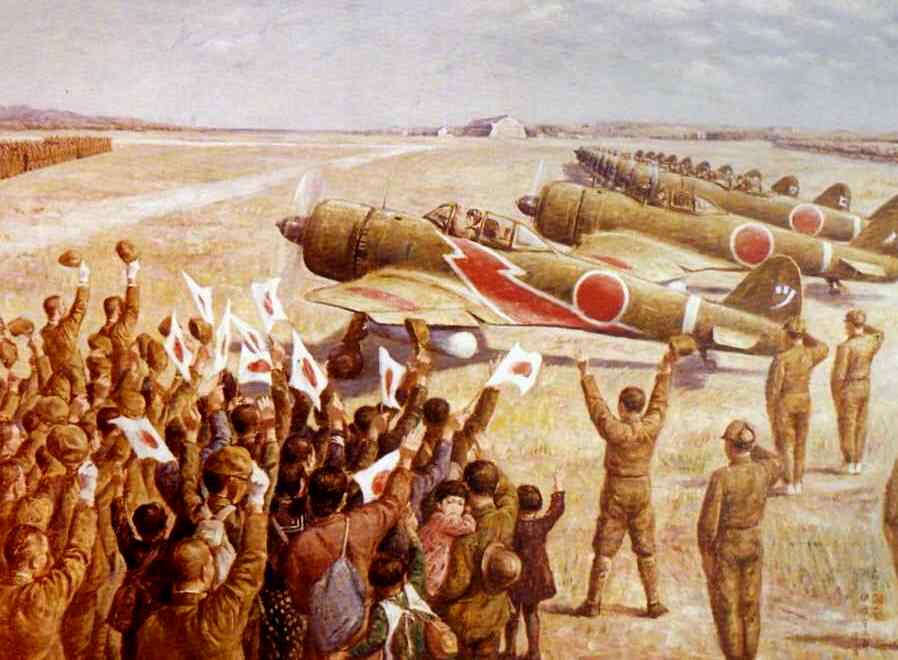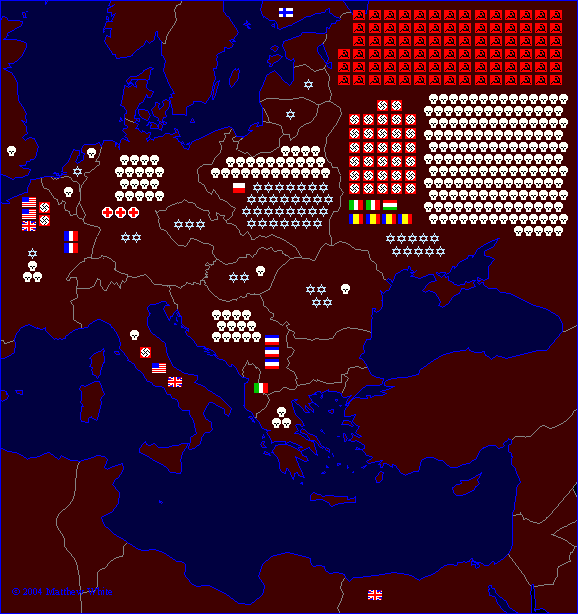
The distance from the center of the distribution is measured in standard deviations, or Sigma. Many quality measurements do have a normal distribution. I have the feeling the underlying idea was a “ more is better” approach, where they simply increased the demands on quality and increased the requirements on tolerance levels.

(Source: Google Ngram Viewer) Occurrence of Six Sigma in Literature The Fundamentals of Six Sigma It started around 1985 with Motorola and really took off in 1996 with GE. The graph below shows the likelihood of Six Sigma being mentioned in books. Six Sigma gained much popularity when General Electrics CEO Jack Welch introduced Six Sigma at GE in 1996, and it has been a consistent buzzword in manufacturing ever since. As such, it was a latecomer to the wave of quality control methods and tools that originated during World War II, like statistical process control, Total Quality Management, Zero Defects, and others. Six Sigma was originally a method for quality control, developed around 1986 at Motorola by Bill Smith. In this post, I would like to talk about where Six Sigma comes from, its difference from lean manufacturing, the reason for its popularity, and its shortcomings. There are tons of consultants, job offers, projects, and articles about Lean Six Sigma. USS Hunley (AS-31) returned to the United States late in 1966 and in 1967 operates out of Charleston, S.C., laboring to keep sharp the edge of the Navy's underwater nuclear deterrent.įor a complete history of USS Hunley (AS-31) please see its DANFS page.Lean Six Sigma (also abbreviated as 6σ) seems to be everywhere in industry nowadays. The resolution, can-do spirit, and persevering fidelity of her officers and men give firm allegiance to USS Hunley (AS-31)'s motto: "We Serve to Preserve Peace."

USS Hunley (AS-31) meets demands from making water-borne propeller replacements to encapsulation of AC induction motors delicate repairs to navigation and fire control, and many other varied tasks to insure that each SSBN has the finest of care on each refit. Once unheard of in submarine tending, these jobs are only a few of many tackled with confidence and skill by USS Hunley (AS-31). These and many other alterations are carried out as a matter of routine to keep SSBN's on the line with the newest possible technical improvements and safety devices. She resumed her duties at Holy Loch 15 June 1964. Among impressive jobs carried out by USS Hunley (AS-31) is welding on SSBN pressure hulls or reactor plant fluid systems. This duty continued until 12 April 1964 when USS Hunley (AS-31) sailed for conversion that provided capability of handling the new A3 Polaris Missile. She returned north to Norfolk 28 September for postshake-down alterations until 8 December. This completed 6 September, she visited several Gulf and Atlantic ports, including Mobile and Charleston.

She has complete facilities for servicing the complex Polaris Weapons Systems and for accomplishing any submarine repair other than a major shipyard overhaul. USS Hunley (AS-31) sailed 25 July 1962 for shakedown training off Cuba. Navy's nuclear powered Ballistic Missile Submarine Fleet.

USS Hunley (AS-31) has the distinction of being the first ship designed and built up from the keel to service and maintain the U.S. and commissioned 16 June 1962, Captain Douglas N. Palmer Gaillard, wife of the Mayor of Charleston, S.C. USS Hunley (AS-31) was launched 28 September 1961 by the Newport News Shipbuilding & Dry Dock Co., Newport News, Va.


 0 kommentar(er)
0 kommentar(er)
